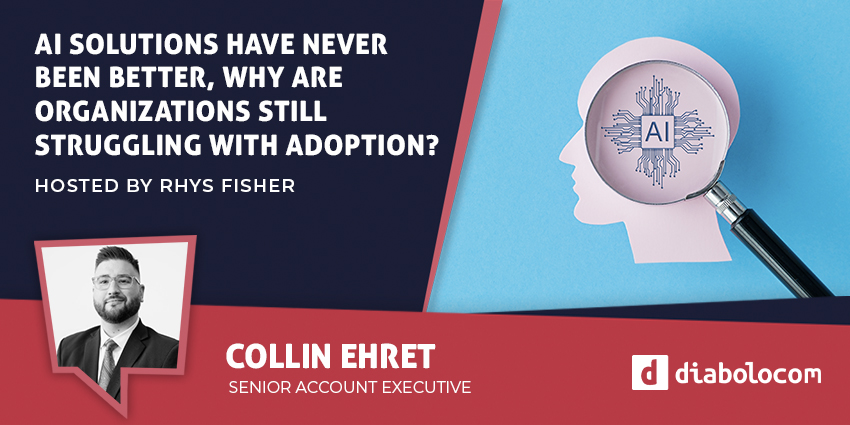The argument that Artificial Intelligence (AI) technologies – such as chatbots – will replace call center agents has little credibility. It’s a weak argument at best.
Chatbots aren’t meant to replace humans. Quite the contrary, they’re intended to assist call center agents and customers. Indeed, chatbots and voicebots have proven to be powerful assets in call centers, lowering contact volumes and often improving service experiences.
According to Gartner, conversational AI implementations will continue to surge, with worldwide annual spending on the technology expected to reach $1.99BN this year.
Beyond 2022, Gartner forecasts that its usage will grow further, predicting that bots will reduce agent labor costs by as much as $80BN in 2026.
Explaining Chatbots: A Definition
Simply put, a chatbot is a software program that mimics human conversation. Using AI and natural language processing (NLP), chatbots understand human voice and text commands and can respond accordingly.
In the best circumstances, chatbots can convincingly carry on natural and helpful conversations. Implemented astutely, these intelligent algorithms can solve many transactional problems for customers who call a contact center for help.
They can guide customers through self-service options, find information, and provide faster responses compared to traditional interactions when a call center agent handles each call, sometimes after extended wait times.
One of the promises of chatbot and conversational AI is its ability to alleviate stress and fatigue associated with call center agent workloads. Chatbots work 24/7 and never need sleep, so the argument goes.
There Are Caveats
Critics point to the significant effort required for organizations to design and implement a conversational AI system. Rules and responses must be laboriously created because machine learning demands that humans organize the training data in minute detail.
Unlike their human counterparts, it is critical to train machine learning conversational AI systems to handle an enormous range of language and linguistic subtleties that occur in ordinary conversations. And, even after implementation, constant maintenance is necessary.
Such deployment complexity and a disjointed vendor landscape are perhaps why 60 percent of customers still suffer from frequent disappointment when dealing with chatbots.
That said, when ‘trained’, the consistency of many chatbots is impressive. Irrespective of the development costs and ongoing overhead, the benefits often outweigh the hassles.
Chatbots Leverage Data
Alison Greenberg is the CEO of Aflow, a conversation design studio. She, along with Co-Founder Seth Miller, develops chatbots and voice experiences.
“Chatbots are a channel for information,” Greenberg said. “With chatbots, you can funnel any conversation and business transaction through a messaging platform, including Facebook Messenger, Google Hangouts, Interactive Voice Response (IVR), and even Alexa. This is especially true if you collect data using an API.”
She said developers can build-in data from APIs into the design of chatbots. This is one way to leverage data to give chatbots a more personal touch when talking with customers.
But she cautioned that businesses should be transparent about the data they harvest from interactions and conversations. They should inform customers where data comes from and how they will use it, she said.
Greenberg also suggested that the key to success is a robust text-to-speech capability. Integrating this with customer data will transform every interaction into insights companies can leverage for benefit.
The Chatbot Is Here to Stay
The contact center landscape is rapidly changing. Once a reactive environment, today, it’s proactive and customer-centric.
Chatbots play a centrol role in this vision of the call center. They can minimize customer frustration and build positive, seamless customer experiences when deployed astutely.
Conversational AI and chatbots will soon become strategic tools in organizations across every industry around the world.







